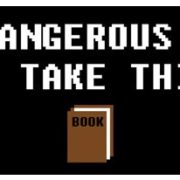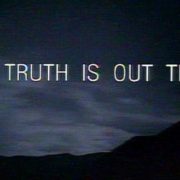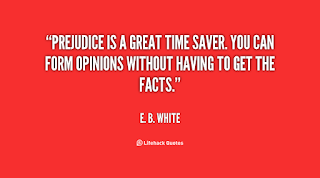The Myth of the Lone Writer
Anyone who tells you that writing is a solitary activity is telling tales. Even ignoring the number of published authors who are actually writing teams (such as The Stiletto Gang’s own Sparkle Abbey), and others who use ghost writers, no writer I have ever met has ever been published without a high level of support from an entire team of people. That support usually starts with other writers — people who share the insane desire to try to create worlds out of words for others to play in.
I first met members of my personal writing support team at Western Washington University, where I took my first steps toward becoming a writer. Coming back to Washington still feels like coming home for me, and I feel more strongly tied in to the writing communities out here than in either of my other two homes (Los Angeles, CA and Brooklyn, NY).
So I was more than happy to go with fellow Blue Zephyr Press author (and The Stiletto Gang blogger) Bethany Maines to the Creative Colloquy Third Anniversary Party in Tacoma, WA. With special guest MC Tod Marshall, the Washington State Poet Laureate, the event boasted five scheduled guest readers (all published in the Creative Colloquy literary magazine, either online or in print), and an open mic that offered a chance for others to share their work as well. Authors read to a packed house at the B Sharp Coffee Shop, and prizes were given out to audience members via raffle tickets throughout the course of the evening. (I, sadly, did not win anything.)
What I noticed most about the gathering was how many readers had teams of support with them. It seemed to me that not a single writer was there alone. And if they started off the night alone, the act of sharing their work to the group suddenly made them seem less so, as others congratulated them for reading, for having the nerve to stand up and share their words in a public space.
I don’t often get time to go to readings or literary events, and so I am not often reminded of just how many of us writers — and people willing to support us — there are. You’d think I’d feel intimidated, but whenever I am in a space like that, I just feel excited and proud to be part of the community around me. I’m always just so happy to know that I’m not alone in the struggle, and in the celebration, of writing.Being there with someone from my own support network made it all the more obvious that writing is rarely the loner activity it’s often portrayed as being. During my week visit, I had countless conversations with Bethany and others in my writing group and extended reading network about my latest writing project (a contemporary fantasy series based on a short story I wrote for a contest last year) that shaped the world I was creating. We got to spend rare time together writing in the same space, making use of the ability to use an auxiliary brain to track down words we couldn’t quite remember, being inspired by the steady clicking of the computer next to us, and generally enjoying the company of someone who gets it when you say that your characters aren’t cooperating. All of this was before we even shared the actual works themselves, a process that begins with beta readers, and, basically, never ends. Even after a work is published, it still takes other people — namely an audience — to bring it to life.








